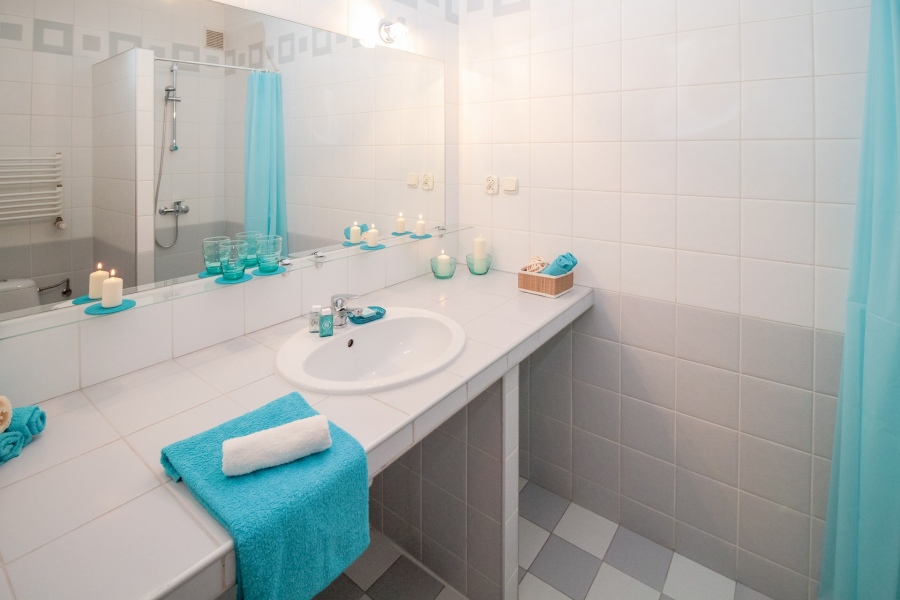One of the most common types of patents awarded by the US Patent and Trademark Office is the design patent. This type of patent is often given out for ideas-based designs; any may include items such as ornamental or furniture designs, patterns on cloth, or even surfacing items. The design patent will only protect the external appearance of the item, so these are often combined with utility patents to completely protect both interior and exterior features of any invention. Even strongly utilitarian pieces, including machines, tools and operating systems, can require additional design patents. For example, many apps and software designs will have a design patent to cover the icon of the app, or any appearances which are an essential part of the software.
What A Design Patent Does
The design patent will focus upon the external appearance of the invention. Unlike the utility patent, which may require both internal and external diagrams, the design patent only needs to reflect the shape or image of the design. Cola bottles, for example, have a design patent which reflects the shape of the bottle. The contents would not be included in this patent.
In order to qualify for the design patent, the invention must not only have a unique appearance, but must also serve practical and useful functions. Only items where appearance is an essential part of utility of the object, and where there is a purpose beyond the external design, will qualify for this patent.
What Qualifies For A Design Patent?
Many inventors find it hard to define exactly what is covered by the design patent. The complex mix of appearance and utility requirements can often mean that inventors neglect this part of their design application. In these circumstances, inventors need to be clear about what would qualify for design patents, and what would not.
Qualifying
Computer games and software (which can be protected by copyright too); app icons, lettering and fonts, although these must provide function to the computer; phone layouts and screen layouts for PC, tablet or laptop systems.
Not qualifying
Artistic drawings (these are usually protected by copyright), as they do not provide a function; Unoriginal art, for example pieces which might be naturally occurring, or that is based on ancient artworks; design of gears or cogs for machines, where the appearance and shape of the design is an essential part of the utility, and should therefore be part of the utility patent.
Why Use Design Patents?
A design patent protects the designer, or the inventor, in the same way as a utility, and prevents rivals from copying the appearance of a utilitarian design. This can be important in machine designs, for example. In addition, many inventors prefer design patents, as they have a much higher acceptance rate. At the moment, design patents are not being used enough by inventors, and this means that rivals could steal the essential parts of an i
The Author
Chris Malone is a professional writer and a business consultant for small companies who wish to market their products and services online.





